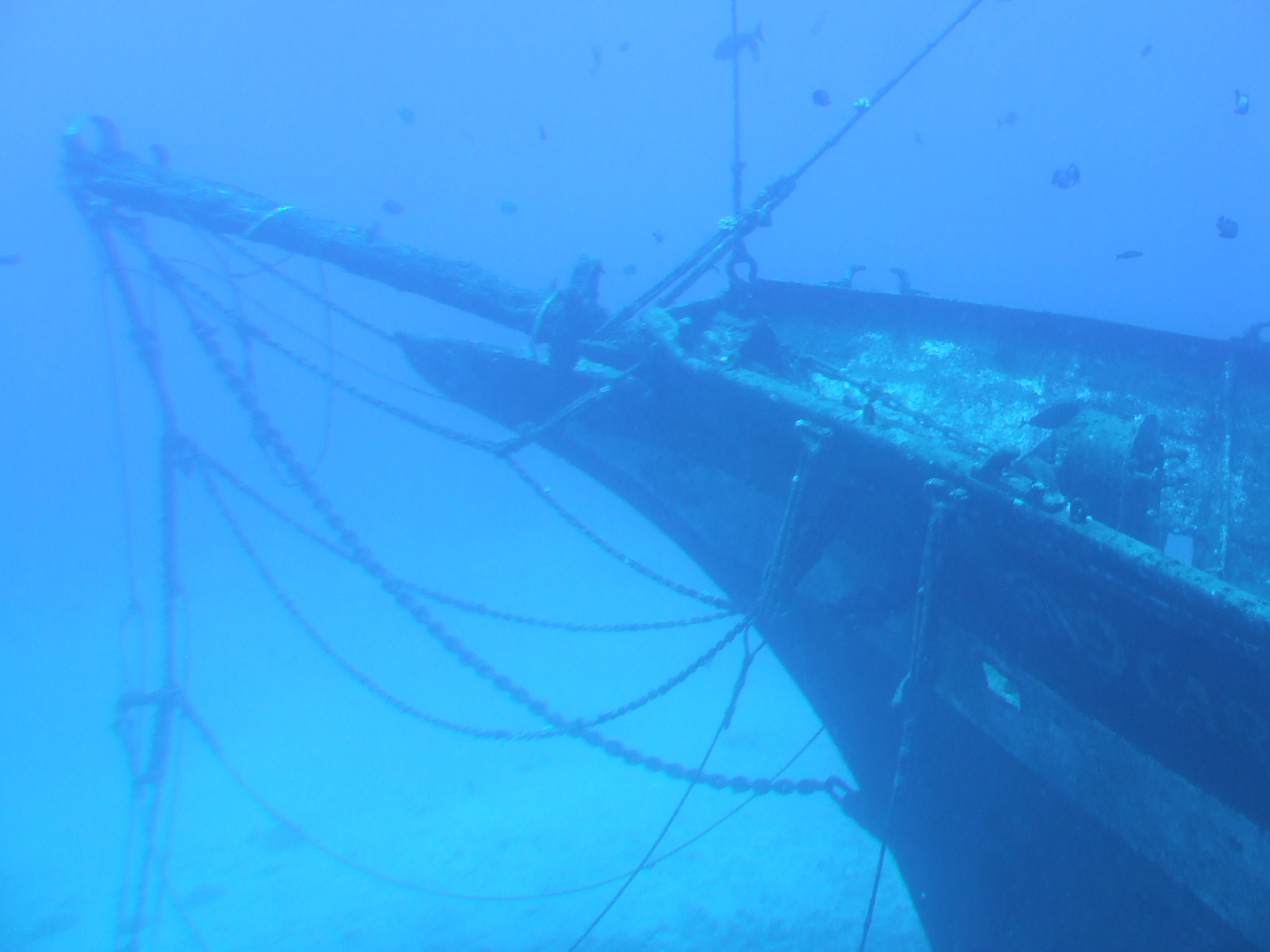Two midwestern shipwreck hunters made a remarkable discovery in deep under the water of Lake Michigan.
They found the intact remains of a schooner, named Trinidad, which sank in 1881.
This well-preserved shipwreck is located miles from Wisconsin’s coastline, resting at a depth of about 270 feet.
Wisconsin maritime historians, Brendon Baillod and Robert Jaeck, successfully located the 156-year-old schooner using side-scan sonar.
According to AP News, survivor accounts in historical records helped them pinpoint its location off Algoma, Wisconsin.
The Trinidad stands out as one of the best-preserved shipwrecks in Wisconsin waters.
Even its deck-house remains intact, containing the crew’s possessions, along with its anchors and deck gear.
Originally built in 1867 by shipwright William Keefe in Grand Island, New York, the 140-foot-long schooner primarily ferried grain between Milwaukee, Chicago, and Oswego, New York.
On a fateful day in May 1881, while carrying a load of coal bound for Milwaukee, a disastrous leak developed after going through the Sturgeon Bay Ship Canal.
The captain’s pet Newfoundland dog was the only casualty of the event. The large breed pup was sleeping near the stove when the vessel “suddenly and violently lurched,” then rapidly sank.
Captain John Higgins and his entire crew of eight managed to get off the boat and onto the safety yawl boat. They rowed for eight hours before reaching Algoma safely.
The Trinidad sank about 10 miles off the coast of Algoma, taking the cargo and the crew’s belongings, to the bottom of the lake.
Higgins suspected that the hull of the Trinidad had been damaged a few days earlier while navigating through ice in the Straits of Mackinac.
The canaller was specifically built pass through the Welland Canal, which joins Lake Erie and Ontario.
Sections of the schooner, including the lifeboats, could fold in to narrow vessels width to allow it to navigate through the canal.
Upon discovering the Trinidad in July, Baillod and Jaeck promptly reported their finding to an underwater archaeologist from the Wisconsin Historical Society.
The site was surveyed using an underwater vehicle that confirmed the vessel’s identity and documented numerous historic artifacts.
A three-dimensional model of the ship has been created, providing an immersive virtual exploration experience for interested individuals.
Baillod and Jaeck have plans to collaborate with the Wisconsin Historical Society in order to nominate the Trinidad shipwreck site for inclusion on the National Register of Historic Places.








